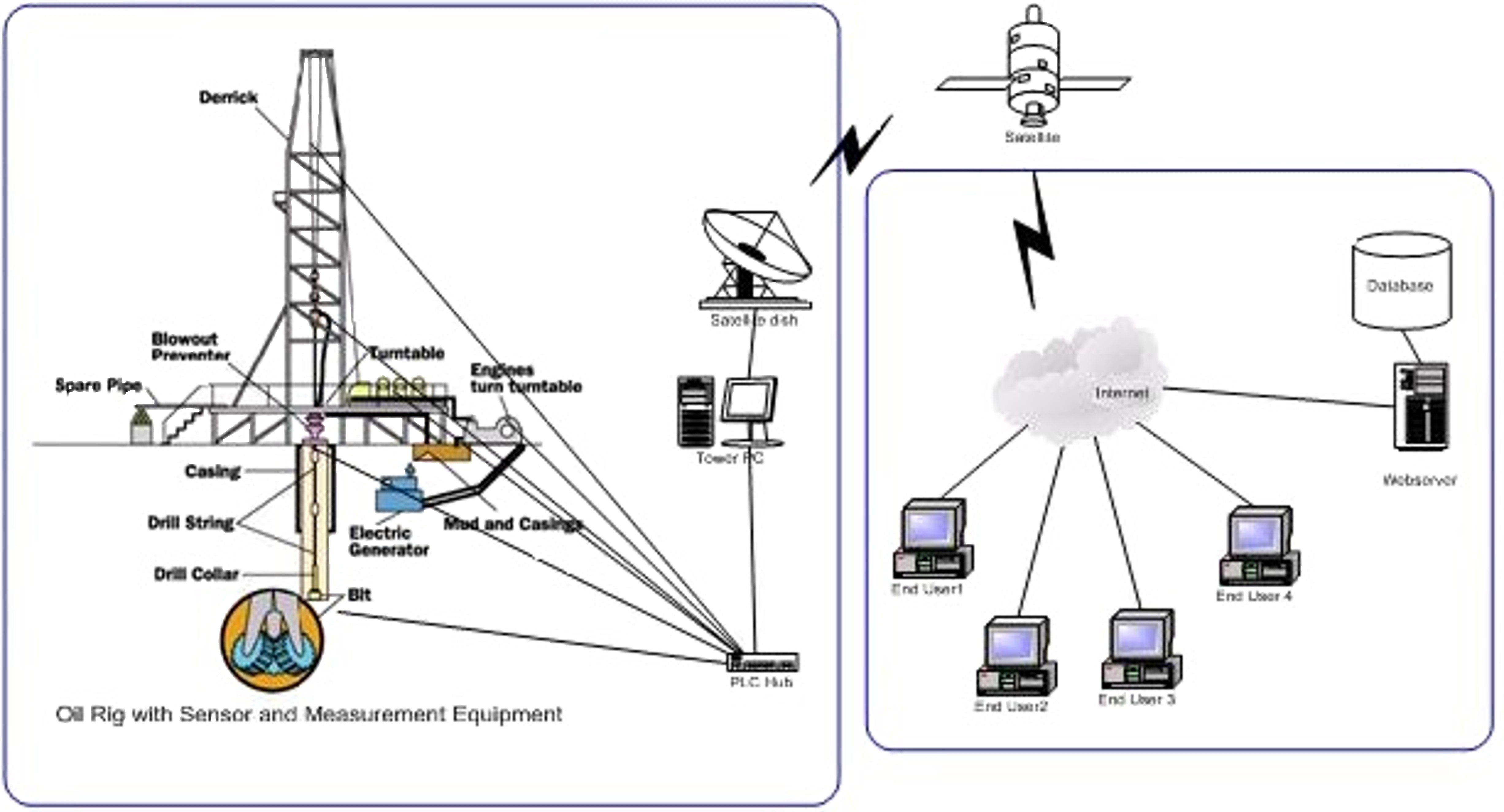Highlights from the OPC Foundation Information Revolution 2014 Conference
By Bill Lydon, Editor of Automation.com
The OPC Foundation Information Revolution 2014 Conference was held at Microsoft’s Redmond Campus on August 4-7, 2014. The conference featured industry experts who both presented and learned more about OPC Unified Architecture.
Tom Burke, Executive Director of the OPC Foundation, opened the conference by reflecting on the history of the OPC Foundation, which was founded in 1996. Burke emphasized that OPC UA is now used to move information in all types of industry applications, from embedded devices to the enterprise and cloud computing. OPC standards and certifications empower users and vendors to implement products and systems with the confidence that OPC Foundation vendor hardware and software building blocks will work together reliably. Today, more than 40,000 products use OPC standards…







